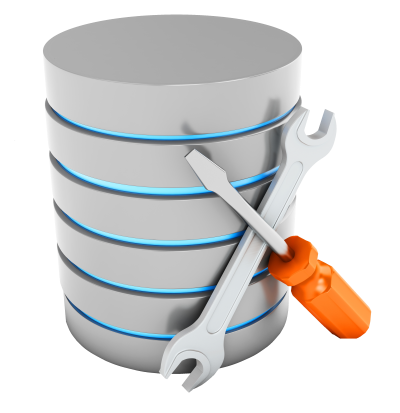
SQL: How many tables is too many in a SQL Server database?
I spend a lot of time with developers and with ISVs (Independent Software Vendors). Often, I come across really weird table designs. A common problem is the creation of tables that hold many different types of objects.
If I look at one of your tables, and ask you what it holds, your answer shouldn’t start with “It depends”.
A worse design is one where the same discussion happens about columns. If I ask you what is held in the ObjectID column, and you say “that depends upon what’s in the ObjectType column”, you’d better be building some sort of utility, not a relational database to support an application. There are so many downsides to this type of design but that’s a topic for another day.
2018-03-12






 Image by Nathan Dumlao[/caption]
Image by Nathan Dumlao[/caption]
